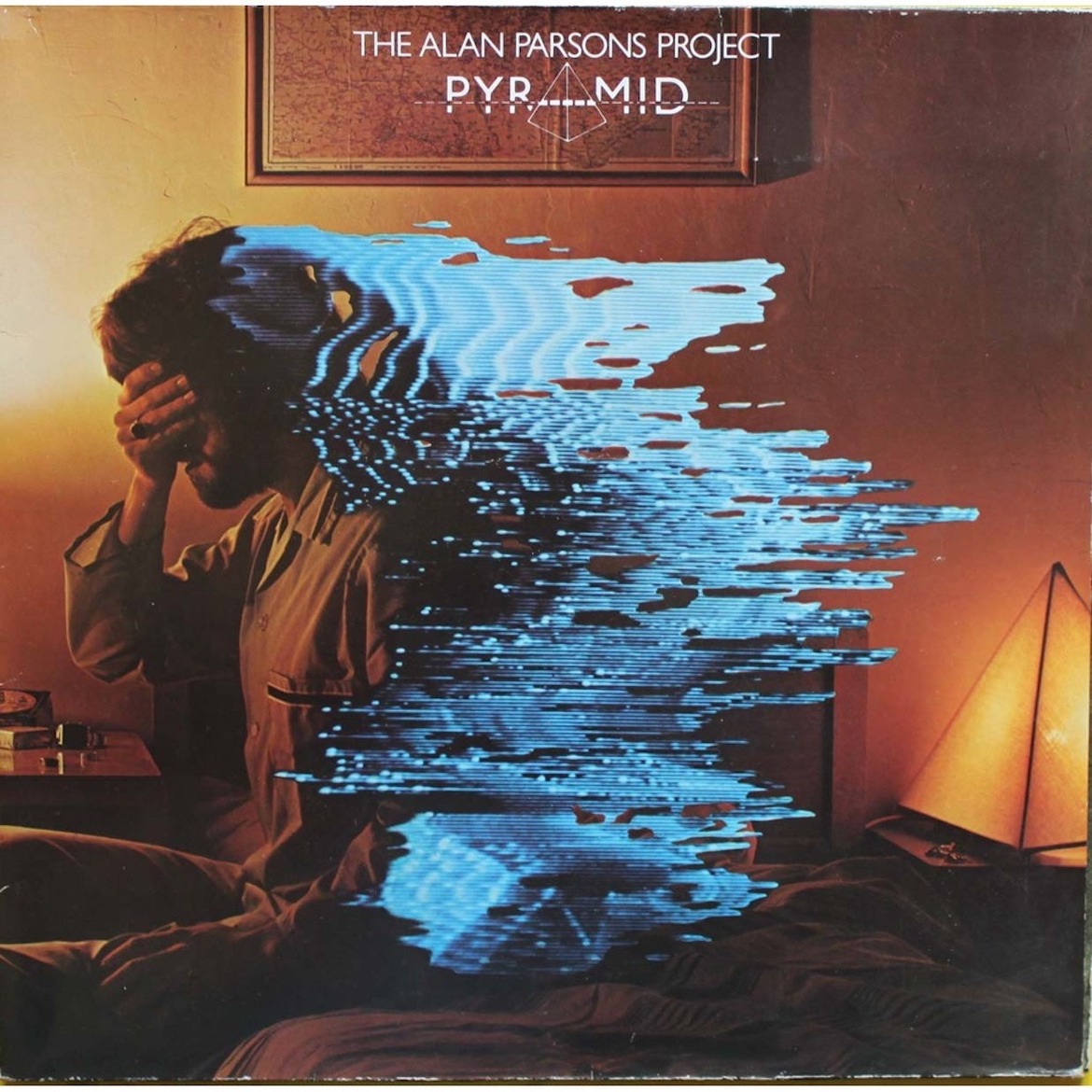2018 marks the 40th Anniversary of the Alan Parsons Project album Pyramid.
Pyramid is nestled between I Robot and The Turn Of A Friendly Card, in which it launched the singles “Games People Play” and “Time.” This was four years before Eye In The Sky sealed a timeless place in rock history while changing the overall perception of the group.
Unlike the two albums surrounding Pyramid, there were no standout singles on the album. The album itself is its own statement and should be listened to as that. Pyramid landed on the Billboard Top 200, as well as other International charts. Even so, the album stands in the timeline of APP discography considered as being “average”.
I have a love-hate relationship with Pyramid. On one element, it is a relevant prog rock album that has a great history, boasting six different singers. The other is that the music sometimes does not live up its expectation.
Alan Parsons Project – “Voyager” and “What Goes Up”
“Voyager” begins with the enchantment of mysticism this album stems from. At first, Pyramid was an album to be written about witchcraft. However, pyramid power was popular in 1978. Graydon Harrington Rixon wrote about Pyramid Power and Psychic Healing while Parker Brothers released the Pyramid Board Game. Ambrosia released Somewhere I Never Travelled where the album cover folds into a pyramid. Alan Parsons used Pyramid to tell the mystical story of the Pyramids of Giza. The inspiration came from G. Patrick Flanagans’ book Pyramid Power.
In the liner notes of Pyramid, it states: “From the rise and fall of an ancient dynasty, to the quest for a key to unlock the secrets of the universe, this album seeks to amplify the haunting echoes of the past and explore the unsolved mysteries of the present. Pyramid…the last remaining wonder of the ancient world.”
“Voyager” is a great introduction that builds the sense of mysticism. The first four notes are the most important, ringing out in the air with its lyre string effect. At the end of this declaration, there is pause to let the silence saturate the mood. Then comes the power of chords striking down, one by one. What makes this song so great is how the synth effects coordinate with the guitar rock. It’s mysterious, it’s gently frightening, and somewhat melancholy. There is an uncertainty in its presence.
You have this build up of apprehension that feels like you are being led into the clouds only to land in an AOR meditation on “What Goes Up.” In itself, the song is a modest rock song. However, on the other side of “Voyager,” the mysticism is only mediocre. The song has not aged well.
Musically, “The Eagle Will Rise Again,” is stunning when its simple, but Parsons reaches too hard for Pink Floyd ideology (Parsons worked on Dark Side of the Moon) to keep it a shimmering love song to humanity. The charm lies in Colin Blunstone’s philosophical vocal sincerity.
Alan Parsons Project – “Can’t Take It With You”
Where Pyramid shines is when they take from New Wave elements that developed around this time and incorporate it into Parson’s rock standard. It’s a progressive move. “Can’t Take It With You” adds subtle nods in the rhythm. “Pyramania” is drenched in the stiffness of New Wave that teeters on the edge between early XTC with the Power Pop of Cheap Trick. Both may not be single worthy, but they are the direction Alan Parsons needed to take without feeling stagnant.
Alan Parsons Project – Pyramania
https://www.youtube.com/watch?v=O-KWb6JuYp0
Like most APP albums, Pyramid is still an album that should be experienced in its entirety. However, as years pass, individual songs like “Can’t Take It With You” and “Pyramania,” along with the instrumental work stand out as an interested notation in prog rock history.




No Comment! Be the first one.